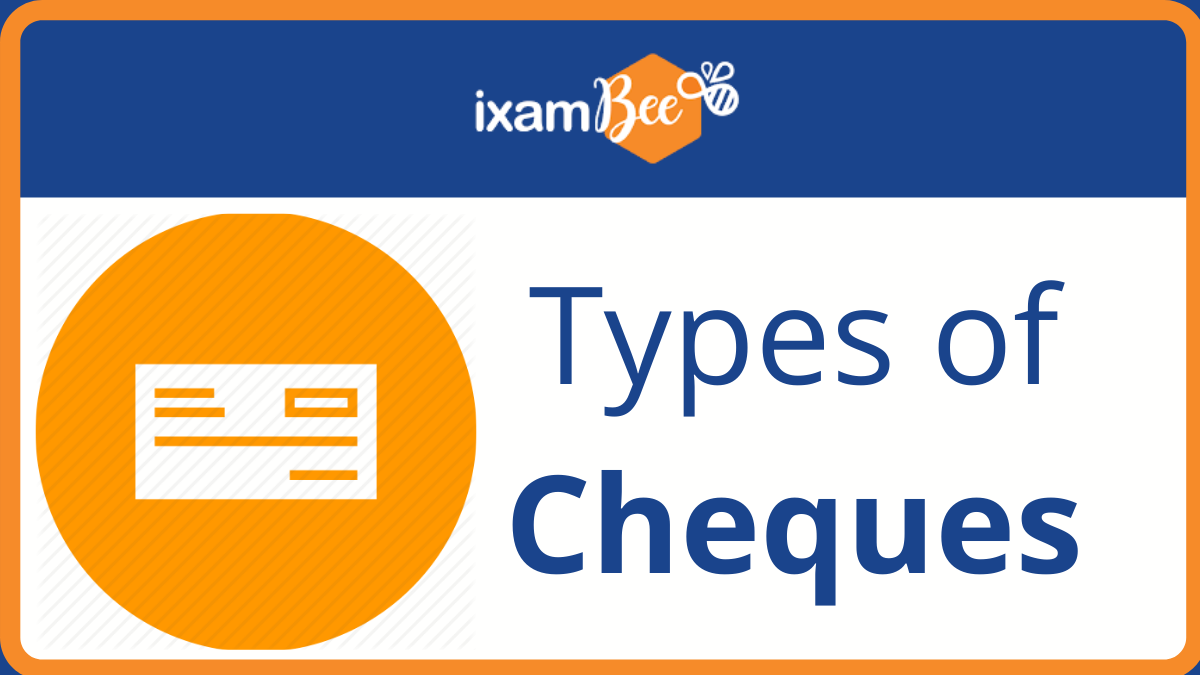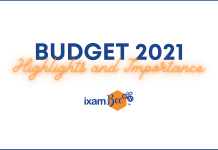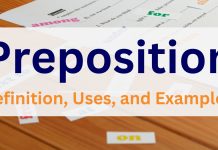A cheque is one of the negotiable instruments commonly used in Banks. To have a cheque, you need to have a savings Bank account or current bank account. You can issue a cheque under your own name or in the favor of others, allowing banks to pay a certain amount to the individual named in the cheque. One can also say that a cheque is a document that guarantees the payment of a predetermined amount of money on demand to a certain individual or to the bearer of the instrument. It is an efficient way to transfer money as it transfers a high amount of money without a hassle. While issuing a cheque there are certain things you need to write in the cheque so that bank can transact that amount of money and those are:
- It should be dated.
- You must mention the amount of money in figures and words in the cheque.
- It must be signed by the person (Drawer) issuing the cheque
- A cheque must be drawn upon a specified bank (Drawee).
- It must also have the name of the recipient or the Payee of the cheque.
Types of Cheques is one of the important topics that come under the Banking Awareness section, you must go through this topic in order to have knowledge of types of cheques and more. This topic has high chances to be asked on the upcoming exams of SBI PO, SEBI Grade A, IBPS PO, IBPS Clerk, and other banking exams.

Types of Cheque:
The following are some important types of cheques.
Bearer Cheque
Bearer cheque is also known as open cheque or uncrossed cheque. It can be withdrawn to the cheque’s owner. This cheque can be transferred by mere delivery and doesn’t need any endorsement. These types of cheques are commonly used cheques mostly used for a cash transaction. The cheque can become a stale cheque if present to the bank after the completion of three months from the date of issue.
Order Cheque
In this type of cheque, the printed word “bearer” is canceled, and in that place, the name of the drawee is written. The bank can only complete the transaction once they have identified the drawee. When there is an order from the cheque owner to pay the drawee a certain amount automatically makes it an order cheque.
Crossed Cheque
In this type of cheque, two parallel lines are made at the top right of the cheque with or without writing “account payee”. The amount mentioned on the cheque can only be transferred to the bank account of the payee. No cash payment can be made in this type of cheque. It also reduces the risk of money being transferred to unauthorized hands.
Stale Cheque
As the name suggests, if a cheque is not presented to the bank within 3 months from the date of issue on the cheque it is termed as a stale cheque. Previously, this period was six months from the date of issue of cheque but now it has been reduced to three months.
Post Dated Cheque
If the cheque drawn on a bank by a holder is of later date, this kind of cheque is termed as a post-dated cheque. One can issue a cheque before but the drawee cannot cash the cheque before the date mentioned. The issuer may present this cheque at the bank but the money will be transferred only after the date mentioned on the cheque.
Ante Dated Cheque
It is the opposite of the post-dated cheque. In this type of cheque that date mentioned is prior to the current date. It can be in cash if the date of issuing lies in between three months otherwise, it will come in a basket of the Stale cheque.
This was all in the type of cheques. For more topics on Banking Awareness, keep on visiting this space. You can also attempt Free Full-Length Mock Tests on various exams related to Banking, Teaching, SSC and more.
Related Articles:
Get Free Online Test Series, Daily GK Update, PIB Current Affairs, Banking Awareness as well as latest updates for Bank PO, Bank Clerk, SSC, RBI, NABARD and Other Government.
займ без подтверждения картызайм на карту срочно без отказов и проверокзайм онлайн без отказа на карту














